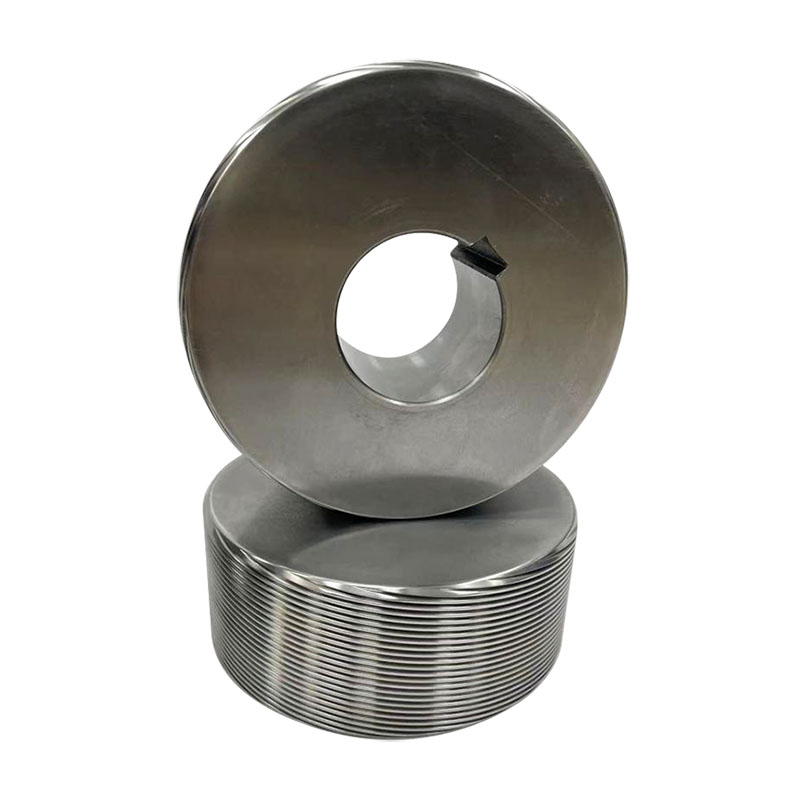Thread Rolling Dies
Thread rolling dies are specialized tools used in the process of thread rolling, a metalworking technique employed to manufacture threads on cylindrical workpieces. Thread rolling is a cold-forming process that creates threads by pressing or rolling the workpiece between two dies. Thread rolling is ......
Send Inquiry
Product Description
Thread rolling dies are specialized tools used in the process of thread rolling, a metalworking technique employed to manufacture threads on cylindrical workpieces. Thread rolling is a cold-forming process that creates threads by pressing or rolling the workpiece between two dies. Thread rolling is favored for its efficiency, precision, and the enhanced strength of the produced threads. Thread rolling dies are crucial components in this process. Here are some key aspects of thread rolling dies:
1. Purpose: Thread rolling dies are used to form external threads (male threads) on cylindrical workpieces, such as bolts, screws, and studs. They can also be used for rolling internal threads (female threads) in certain applications.
2. Thread Rolling Process: Thread rolling is a cold-forming process that does not involve the removal of material like traditional cutting methods. Instead, it reshapes the workpiece material to create threads. The dies exert pressure on the workpiece, displacing and shaping the material to match the desired thread profile.
3. Die Types:
- Flat Dies: These dies are used for rolling threads on cylindrical workpieces with a flat surface. They are commonly used for bolts, screws, and other fasteners.
- Cylindrical Dies: Cylindrical dies are used for rolling threads on round workpieces, such as studs and threaded rods.
- Planetary Dies: Planetary dies are used for rolling threads on tapered or conical workpieces, allowing for threads that match the taper of the workpiece.
4. Material: Thread rolling dies are typically made from high-strength tool steel, such as high-speed steel (HSS) or tungsten carbide, to withstand the high forces and wear associated with the rolling process.
5. Thread Profile: Thread rolling dies are designed to produce threads with specific profiles, including V-threads, buttress threads, acme threads, and more. The choice of thread profile depends on the application and engineering requirements.
6. Die Design: Thread rolling dies have specialized grooves and contours that match the desired thread profile. The two dies (one stationary and one rotating) work in tandem to deform the workpiece material into the desired thread shape.
7. Die Maintenance: To ensure consistent and high-quality thread production, thread rolling dies require regular maintenance and sharpening. This involves regrinding the die surfaces to restore their precision and effectiveness.
8. Applications: Thread rolling is commonly used in the manufacturing of fasteners, such as screws, bolts, and nuts. It is also utilized in the automotive, aerospace, construction, and machinery industries, where strong and reliable threaded connections are essential.
9. Advantages: Thread rolling offers several advantages over traditional thread-cutting methods, including increased thread strength, improved surface finish, and faster production rates.
10. Thread Size Range: Thread rolling dies are available in various sizes to accommodate a wide range of thread sizes and pitches.
Thread rolling dies are essential tools in industries where threaded fasteners and components play a critical role in assembly and structural integrity. The use of thread rolling can result in stronger and more reliable threads, making it a preferred method for many manufacturing applications.









